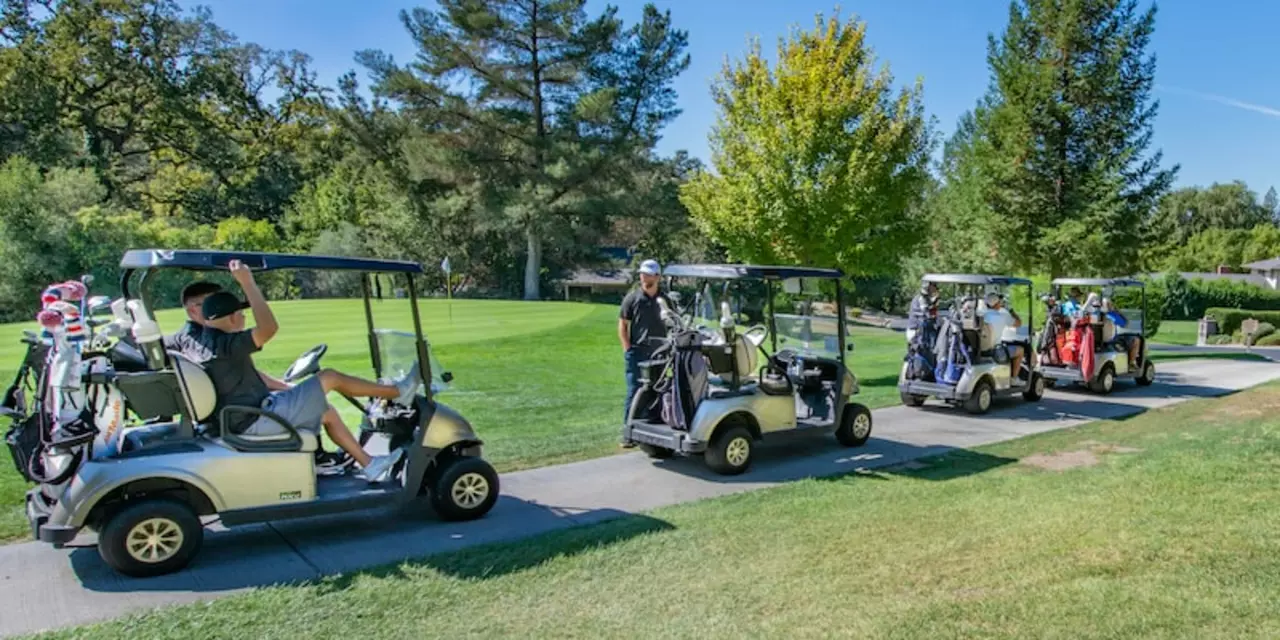If you’re 39 and still chasing that lower handicap, you’re not alone. Many golfers hit a plateau around this age because the body starts to demand smarter, not harder, training. Below are real‑world tips you can start using today, whether you swing at Woodbridge or on a local course.
At 39, tight muscles can steal power from your swing. Spend 10‑15 minutes a day on dynamic stretches—hip openers, thoracic rotations, and shoulder mobility drills. Adding a simple core routine—planks, Russian twists, and dead‑bugs—helps you keep a stable base, which translates to more consistent ball striking.
Don’t chase heavy weightlifting; aim for functional strength. A kettlebell swing or single‑leg squat mimics the balance needed on the fairway and reduces the risk of lower‑back strain.
Club fitting isn’t just for pros. A shaft that’s too stiff can cause a slide‑and‑strike feel, while an overly flexible shaft may lead to loss of control. Schedule a fitting at Woodbridge Golf Academy and ask for a shaft that matches your swing speed—most 39‑year‑olds fall between 85–105 mph.
Grip size matters, too. If your hands feel cramped, a slightly larger grip can improve clubhead control and reduce wrist fatigue, especially during long rounds.
Strategic course management trumps raw power. When you’re on the tee, ask yourself: "Do I need to driver the hole, or can a 3‑wood set me up better?" Often, a smarter club choice saves strokes and keeps you out of the rough.
Practice your short game with purpose. Spend at least half of your practice time within 30 feet of the hole. Work on three‑putt avoidance drills—like the ladder drill—so you can confidently convert those chances into birdies.
Recovery doesn’t end when you walk off the green. Foam rolling, especially on the IT band and forearms, speeds up muscle repair. A 5‑minute roll after each round can keep soreness at bay.
Hydration and nutrition play a subtle but critical role. Aim for 2‑3 liters of water a day and include protein‑rich snacks post‑round to aid muscle recovery.
At 39, confidence can waver after a bad week. Treat each round as a data‑gathering session. Note which clubs felt off, where you missed the target, and adjust your practice accordingly. A growth‑oriented mindset keeps frustration low and improvement steady.
Finally, consider a few lessons with a qualified coach at Woodbridge Golf Academy. A fresh set of eyes can spot swing quirks you never notice and give you drills tailored to your age‑related strengths and limits.
Remember, hitting your stride at 39 is totally doable. Keep flexing, fine‑tuning, and focusing on smart play, and you’ll see the scores drop without overloading your body.

This article discusses the possibility of a 39-year-old man making the PGA Golf tournament. It outlines the various challenges and obstacles that a player of that age must overcome, such as competing against younger, more physically fit players and adapting to the changing technology of golf clubs. It also notes that although it is difficult, it is not impossible for a golfer of this age to make the PGA tour, as there have been successful players of similar age in the past. Finally, it provides tips on how a 39-year-old golfer can improve his chances of making the PGA tour, such as focusing on physical and mental preparation and learning the game of golf.